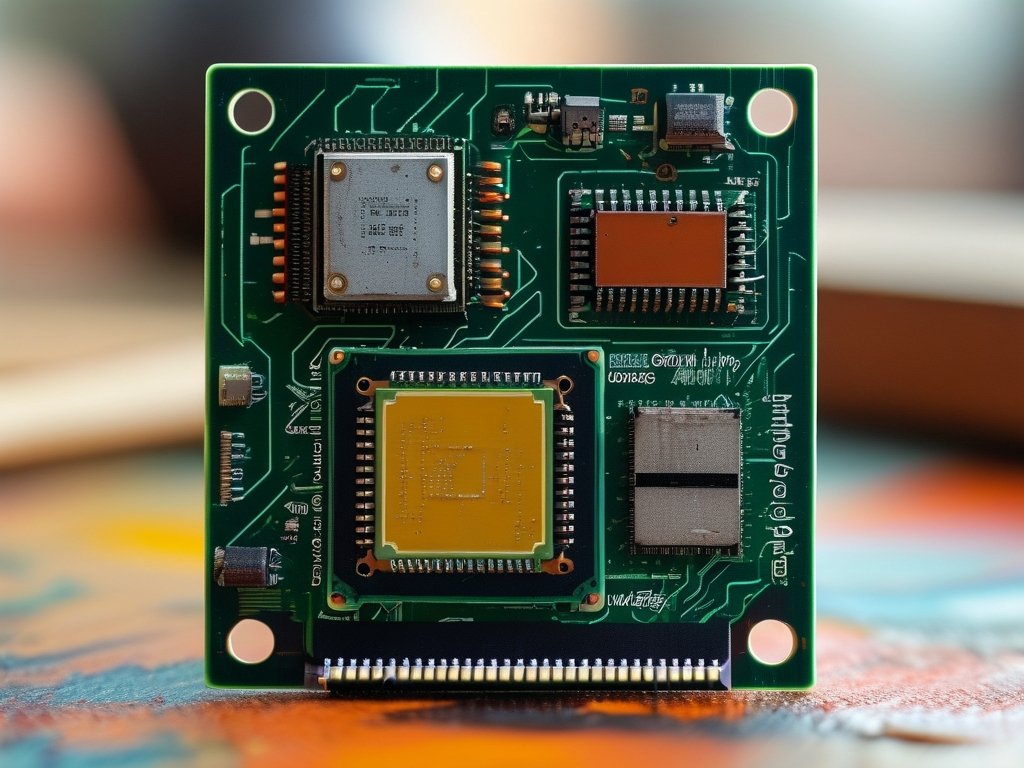In the realm of embedded systems, microcontrollers with limited memory resources present unique challenges for developers. Effective memory management is critical to ensuring stability, performance, and scalability in applications ranging from IoT devices to industrial automation. This article explores practical strategies for optimizing memory usage in small-memory microcontrollers, addressing common pitfalls and offering actionable solutions.

The Challenge of Limited Memory
Modern microcontrollers, such as those based on ARM Cortex-M0 or 8-bit AVR architectures, often operate with just a few kilobytes of RAM and flash memory. Unlike general-purpose computing environments, these systems lack advanced memory management units (MMUs) or virtual memory support. Developers must manually manage memory allocation, avoid fragmentation, and prioritize efficiency. Common issues include:
- Heap Fragmentation: Dynamic memory allocation in small systems can lead to fragmented memory blocks, reducing usable space.
- Stack Overflow: Uncontrolled recursion or deep function calls risk overwriting adjacent memory regions.
- Global Variable Proliferation: Overusing global variables consumes precious RAM and complicates debugging.
Key Memory Management Strategies
1. Static Allocation Over Dynamic Allocation
Avoid using dynamic memory allocation (e.g., malloc or free in C) in favor of static allocation. Pre-allocate buffers and arrays during compilation to eliminate runtime overhead and fragmentation risks. For example:
static uint8_t buffer[512]; // Statically allocated buffer
This approach ensures predictable memory usage but requires careful planning for worst-case scenarios.
2. Memory Pooling
When dynamic allocation is unavoidable, implement memory pools. Divide RAM into fixed-size blocks and manage them through a custom allocator. This reduces fragmentation and guarantees allocation success if blocks are available. A simple pool implementation might include:
#define BLOCK_SIZE 32
#define POOL_SIZE 10
static uint8_t memory_pool[POOL_SIZE][BLOCK_SIZE];
static bool pool_used[POOL_SIZE] = {false};
3. Stack Optimization
Monitor stack usage rigorously. Tools like -fstack-usage in GCC help identify functions with excessive stack demands. Limit recursion depth and prioritize iterative algorithms. For example, replace recursive factorial calculations with loops:
int factorial(int n) {
int result = 1;
for (int i = 1; i <= n; i++) {
result *= i;
}
return result;
}
4. Data Compression and Encoding
Reduce memory footprint by compressing data or using efficient encoding schemes. For instance, store sensor readings as 16-bit integers instead of 32-bit floats if precision permits. Bit-field structures in C can pack multiple Boolean flags into a single byte:
struct {
uint8_t flag1 : 1;
uint8_t flag2 : 1;
uint8_t reserved : 6;
} status_flags;
5. Memory Profiling Tools
Leverage tools like arm-none-eabi-size or platform-specific analyzers to inspect memory usage. Linker scripts can enforce section alignment and reserve space for critical data. For example, place frequently accessed variables in fast-access RAM regions.
Case Study: IoT Sensor Node
Consider an IoT device with 8 KB RAM and 32 KB flash. The firmware collects temperature data and transmits it via LoRa. By applying the above strategies:
- Static Allocation: Pre-allocated a 2 KB buffer for sensor readings.
- Memory Pool: A 10-block pool handles transient LoRa protocol tasks.
- Stack Limits: Restricted the main task stack to 512 bytes using FreeRTOS configurations.
- Data Compression: Stored timestamps as 4-byte UNIX timestamps instead of 8-byte doubles.
These optimizations reduced peak RAM usage by 40%, ensuring reliable operation.
Memory management in resource-constrained microcontrollers demands a proactive, minimalist approach. By prioritizing static allocation, leveraging custom allocators, and rigorously profiling applications, developers can overcome hardware limitations while maintaining code maintainability. As IoT and edge computing continue to evolve, these strategies will remain essential for building robust embedded systems.









